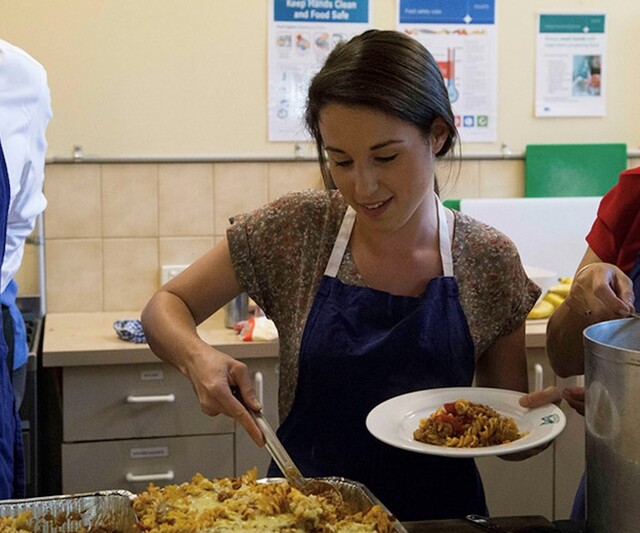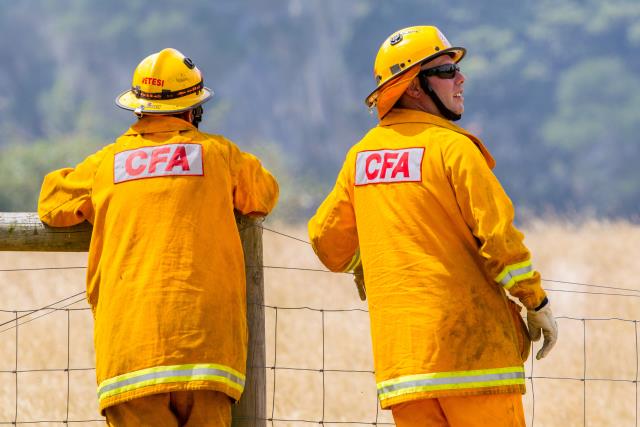Cardinia Shire Council is pushing for more Government support for local farmers in a recent submission to an upcoming State Government inquiry, calling for ‘all efforts’ to retain the State’s farming land.
In November 2023, the State Government authorised an inquiry into securing Victoria’s food supply.
It will investigate the future of the farming industry and examine the conditions arising from an increasing metropolitan area with particular focus on the urban fringe which includes Cardinia Shire.
In the council’s submission, they highlighted the many other contributions they have made on the matter before, describing the ‘difficult task’ councils face on the urban fringe of managing ‘diverse’ and ‘highly contested’ priorities amid a rural and urban landscape.
Amidst these submissions and reasserted in the latest is the council’s desire to see more State Government funds going to the local farm industry – specifically through the suggestions of redefining Cardinia’s metropolitan status or creating a new agricultural fund.
The council said its urban status ‘greatly disadvantages’ farmers as it disqualifies them from applying for numerous grants that would help farming on matter from regional infrastructure to flood assistance.
“A new category or the ability for our rural land areas to be considered as rural in terms of funding grants is important to enable Council and industry to seek appropriate grants, to help continue the development and protection of our important agricultural lands,” the submission says.
Alternatively, the council proposes a ‘Green Wedge Agriculture Fund’ (GWAF) which can ‘complement’ current programs to address this shortfall of assistance for peri-urban farmers.
Victoria Farmers Federation Cardinia President Tony Morgan backs this suggestion.
“I think the council has done a good job in their submission, they have hit a lot of relevant points,” Morgan said.
“The suggestion of an agricultural fund is good because the way it’s set up a lot of the funding mostly applies to rural and regional Victoria.
“Which leaves farmers on the fringe at a disadvantage when there is a significant contribution from agriculture in the peri-urban areas.”
The council emphasised how, despite significant population growth, the portion of rural and arable land in Cardinia still dwarfs the encroaching urban sprawl.
The submission reveals that there were 397 registered agricultural businesses in the shire and the total value of Cardinia’s farming industry amounts to $323 million, according to the records as of 2020-21.
Yet, the council believes that farming is much larger than ‘currently acknowledged’ due to limiting factors in the recording of the industry that leave many part-time farmers out of the statistics.
The recent Bunyip fires are credited by the council as revealing this fact as many of the farmer affected were not accounted for in the records at hand, the number is ‘likely much higher’.
In response, the council said they are currently conducting their own agricultural audit to full assess the breadth of producers in the shire which Morgan firmly supports.
“I think they have realised there understanding of the amount of farming in the area was out of whack and that’s why they are going for an agricultural audit because it will identify part-time and all the unidentified cohort of producers that fall below the statistical threshold,” Morgan said.
“With all accounted for they can truly see how many producers are in Cardinia and show how much support agriculture needs here.”
Additionally, the council added that the landscape should be viewed in a ‘new integrated lens’ that accounts for the complexities of arable land and the impact of urban development.
Regarding planning, further controls to strictly identify agricultural use were supported along the same lines as laid out in the recent Planning for Melbourne’s Green Wedges and Agricultural Land Action Plan and the council’s establishment of Special Use Zones.
The council also raised the unique factor to peri-urban agriculture in their logistical necessities as a bridge between the land and the market.
They further added that there is an ‘urgent need for targeted investment’ toward infrastructure and skills within the supply chain to assist not only working the land but the logistics, education and technical development of the industry.







